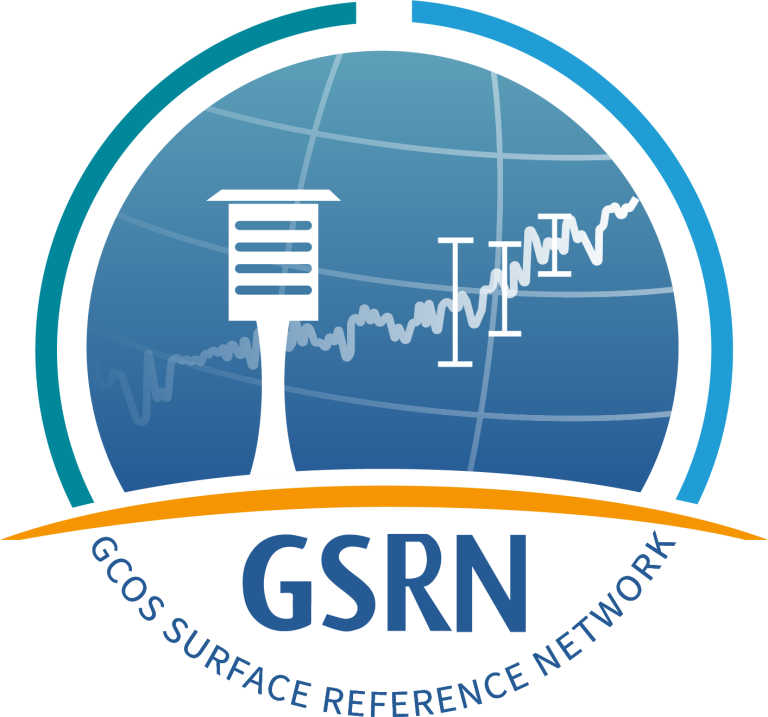GCOS Surface Reference Network (GSRN) Implementation

GCOS, in collaboration with WMO, is working to implement a new network, the GCOS Surface Reference Network (GSRN). The GSRN will deliver the reference component of the tiered system for surface observations and is the surface equivalent of the GCOS Upper Air Reference Network (GRUAN), which was established over 20 years ago.
The GCOS Surface Reference Network (GSRN) will fill a gap that has been known to exist for several years, in a cost-effective and coordinated manner. Reference quality observations respond to the global need to monitor the changes that occur in the climate and ensure greater confidence in the assessment of future climate change and variability, by reducing or eliminating the remaining uncertainties regarding the causes, effects, magnitude and timing of climate change.
